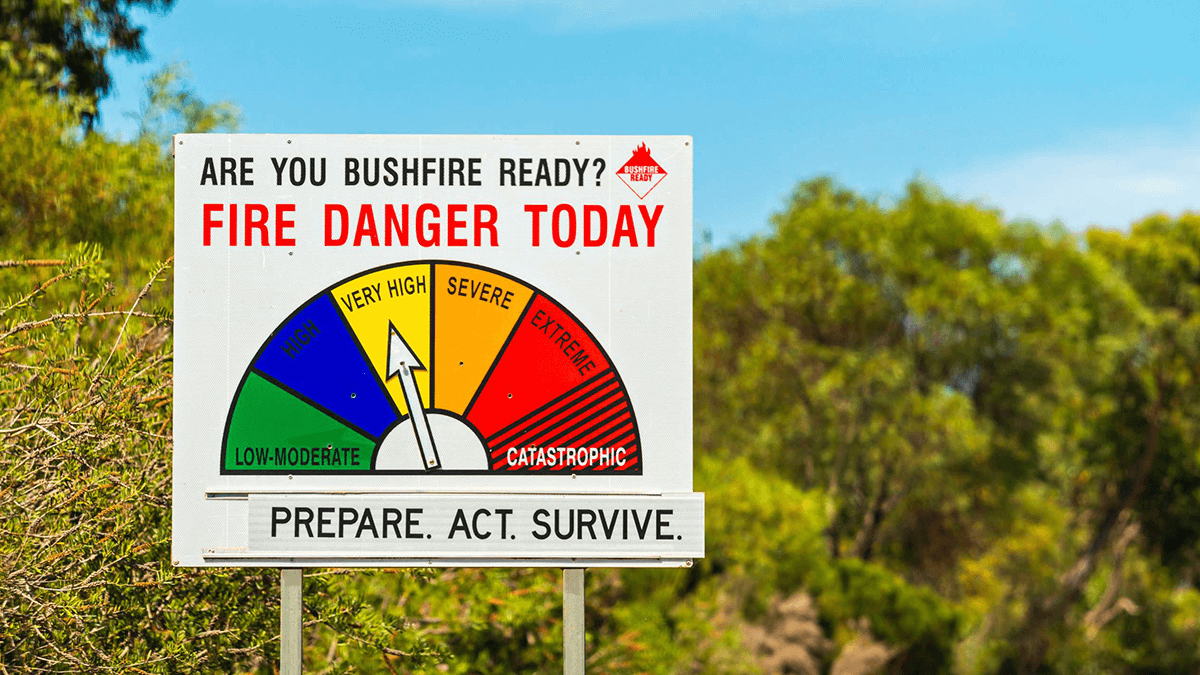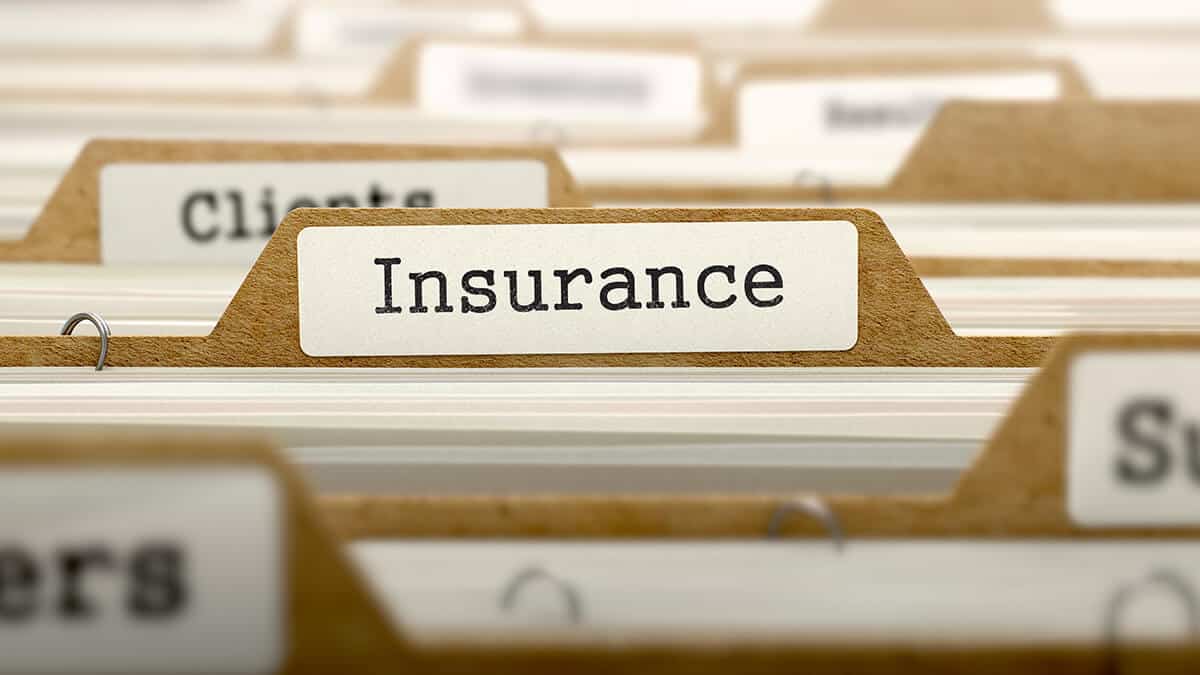In this guide
As Australia faces another extremely hot summer, the Australian and New Zealand National Council for fire and emergency services (AFAC) is warning of increased risk of bushfire for many regions of Australia.
"Almost the entire country can expect drier and warmer conditions than normal this spring, so it is important for Australians be alert to local risks of bushfire over the coming months, regardless of their location," AFAC chief executive officer Rob Webb said when releasing the seasonal bushfire outlook in August.
It is four years since the Black Summer bushfires of 2019–20 but since then there have been 13 declared catastrophes and five significant events, according to the Insurance Council of Australia’s Insurance Catastrophe Resilience Report: 2022–2023. These catastrophes and events have mostly involved flooding and heavy rain.
One demographic group that is overrepresented in many coastal and mountain regions, which are particularly prone to natural disasters, is retirees. That’s because these areas are popular with retirees who relocate from urban areas for a sea change or tree change and a more relaxed and affordable lifestyle.
Along with a comprehensive bushfire or flood survival plan, retirees in these areas should ensure they have an appropriate level of home and contents insurance.
For bushfire survival tips and guidelines, see state agencies such as:
- NSW Rural Fire Service
- South Australian Country Fire Service
- Vic Country Fire Association
- Queensland Fire and Emergency Services
- NT Fire and Rescue Service
- WA Department of Fire and Emergency Services
- Tasmania Fire Service
- ACT Emergency Services Agency
The problem
Home underinsurance is a big issue in Australia, the extent of which is often highlighted during major disasters.










